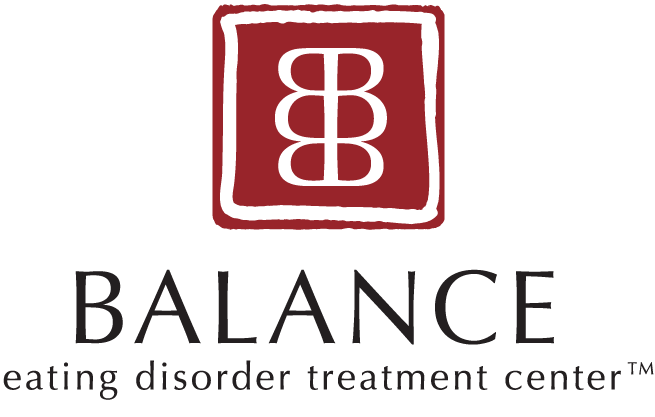Recognizing Eating Disorder Symptoms In Students As A Teacher
Teachers provide generations of young people with the knowledge they will carry throughout their lifetime. They also hold a certain responsibility for the well-being of their students, which can be challenging. What can you do if you are a teacher or school staff member and you suspect that a student has an eating disorder?
By: Regina Colie
There is no perfect way to address a suspicion of an eating disorder. You can discuss concerns with someone you love with the right tools and guidance. Teachers are responsible for providing their students with the academic knowledge to prepare them for life after K-12 school. Teachers can also offer support if a student seeks guidance or needs help with a personal situation. That being said, a student with an eating disorder may be reluctant to share, either out of fear or shame.
It can be challenging to talk about struggles with food and body image. Most school health programs do not discuss eating disorders, which can make it even more uncomfortable to broach the topic. If you are a teacher and suspect one of your students has an eating disorder, here are some signs to recognize behaviors and helpful tips to address this serious issue.
The Warning Signs
Eating disorders are sometimes more prominent than they appear. Students can easily hide their symptoms. However, there can be noticeable indicators of eating disorders in students. Some of these signs include a lack of energy, difficulty concentrating, decreased academic performance, and avoiding eating in class. Other symptoms can include changes in attitude, voicing issues with their body, reluctantly asking for help from peers, and higher anxiety. Eating disorders can occur in individuals of different races, socio-economic statuses, sizes, and ages, and it is vital to recognize the warning signs and help those who might be struggling.
How To Help
The first step you can take as a teacher to help a student is to review your school's guidelines around eating disorders if these guidelines exist. This may include conferring with administrators, a nurse, or a counselor. Once teachers have followed any existing school protocol, they should find an appropriate time to speak with the student. Teachers should come from a place of curiosity and compassion without making the student feel judged or cornered. Teachers can also incorporate eating disorder awareness into the classroom, even if students aren't struggling with it. That way, they can challenge misconceptions, answer questions, and provide the necessary information to students. No matter what, teachers can be helpful to their students if it is ever needed.
Join BALANCE Intuitive Eating/HAES Content Creator Korie Born (she/her) on Friday, August 25th at 12 PM EDT for our free webinar, Back to School and Eating Disorders: Tips for Individuals, Loved Ones, and School Staff created with your needs in mind. Understand how schools impact eating disorder development and recovery, investigate the potential schools have in fostering recovery, harness the actionable tips you need to make this school year recovery-aligned, and engage with BALANCE experts for clarity and guidance this fall. Click here to RSVP and be part of our effort to create a supportive school environment for everyone.
Our admissions team would be happy to answer any questions you may have about our programs and services. Book a free consultation call with our admissions team below, or read more about our philosophy here.
This post was written by BALANCE Blog Contributor, Regina Colie (she/her).
Regina Colie is currently pursuing her Masters in General Psychology at The New School For Social Research. She is interested in working with women who have eating disorders and postpartum depression. Upon her graduation from Marymount Manhattan College, she had the opportunity to be published in Dr. Nava Silton’s book, The Impact of the COVID-19 Pandemic on Child, Adolescent, and Adult Development. Her previous work has been featured in Project HEAL, BALANCE, Olive Branch Nutrition, and Nourishing NY.
References
Eating Disorder Hope. (2015, September 3). Guidance for Teachers Who May Suspect a Student is Struggling with an Eating Disorder. Retrieved May 16, 2022, from https://www.eatingdisorderhope.com/recovery/guidance-for-teachers-who-may-suspect-a-student-is-struggling-with-an-eating-disorder
Teachers, C. (2021, October 7). How teachers can tackle eating disorders at school. CareerTeachers. Retrieved May 16, 2022, from https://www.careerteachers.co.uk/career-advice/blog/tackling-eating-disorders-at-school
Stern, S. (2022, February 25). Eating Disorders Are on the Rise: Here’s How Educators Can Help Their Students. The Jed Foundation. Retrieved May 16, 2022, from https://jedfoundation.org/news-views/eating-disorders-are-on-the-rise-heres-how-educators-can-help-their-students/



